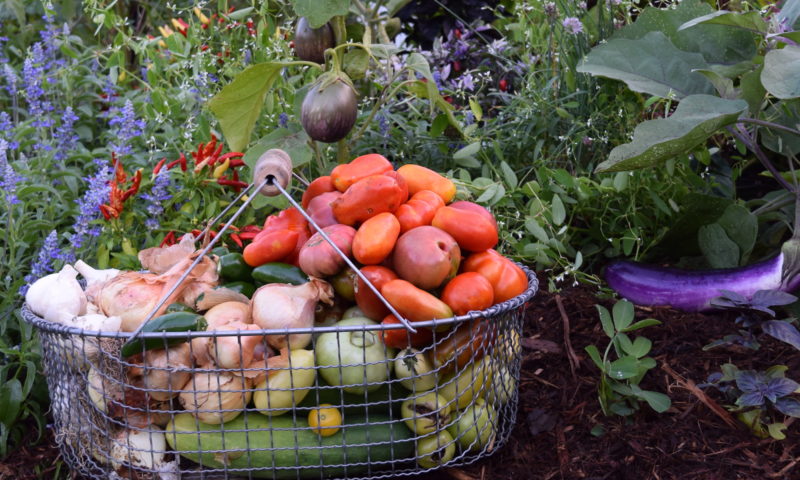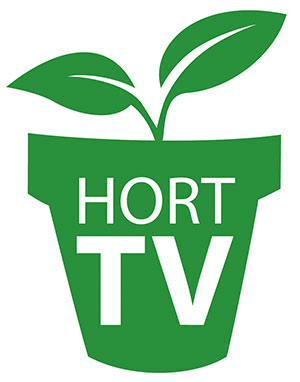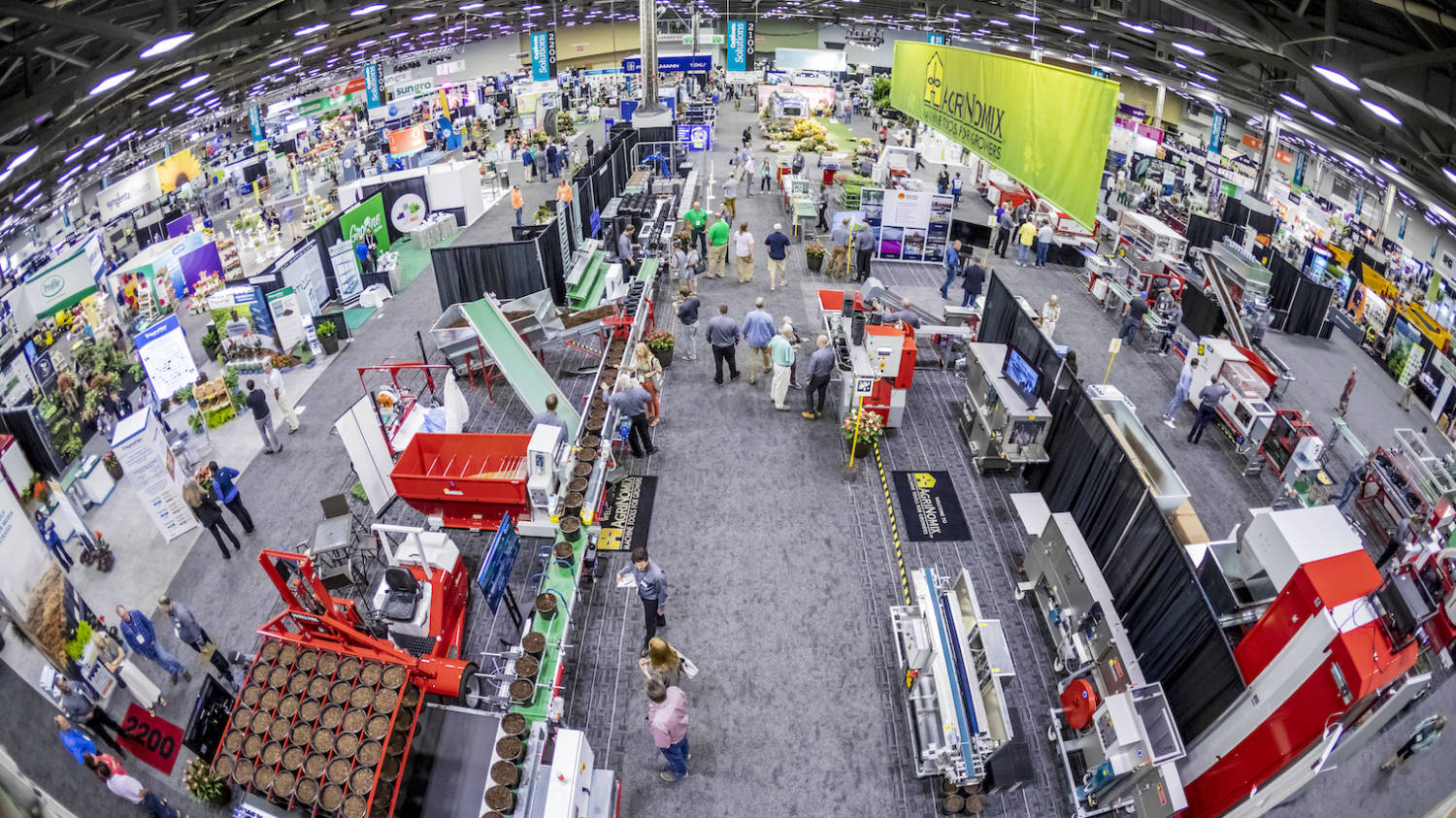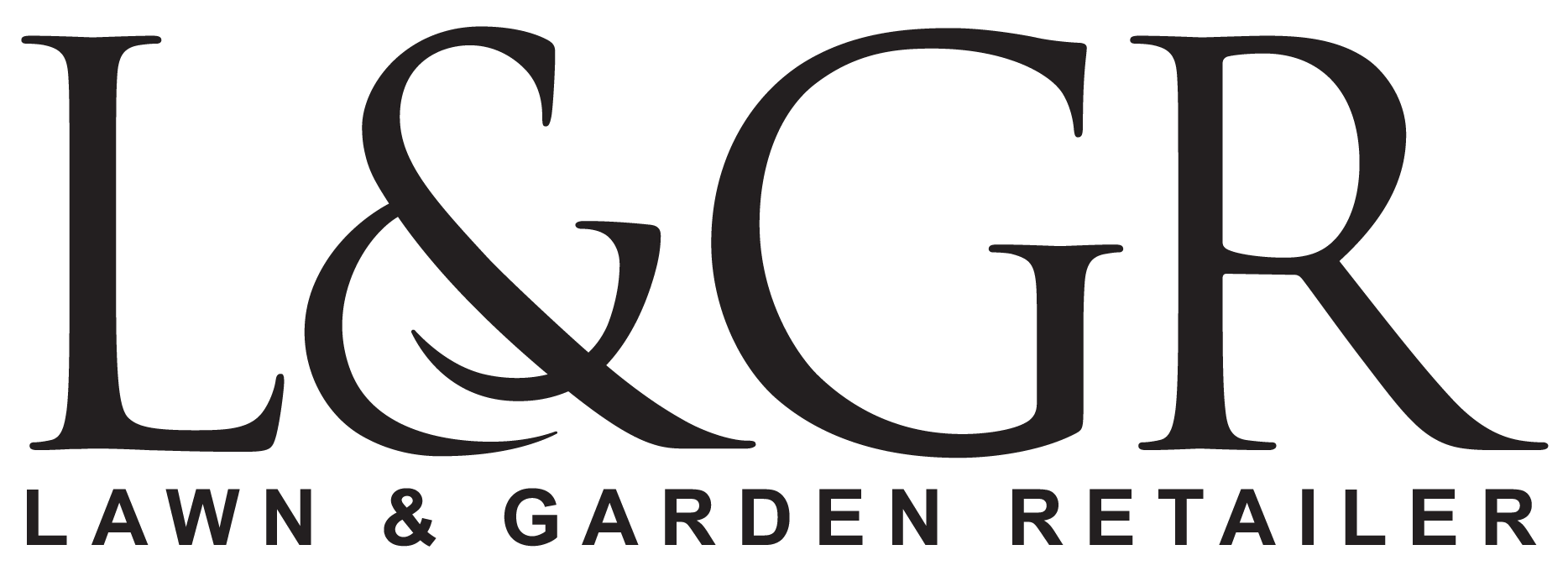
The Value of Organics
The term “organic,” as it relates to consumables, involves the use of feed or fertilizer derived from plant or animal origin without employment of chemically formulated fertilizers, growth stimulants, antibiotics or pesticides. This is a hot topic for growers as consumer demand for organically produced goods continues to grow each year. The U.S. Department of Agriculture released new data, showing that certified organic farms and businesses grew 13 percent between 2015 and 2016. Clearly the label “organic” is a driving force in the national and global marketplace and this trend extends to the business of ornamental horticulture as demand for “ethically cultivated plants” evolves with a generational transition.
When I accepted the position as a VP of horticulture with the online subscription retailer Gardenuity, my first task was to find certified organic grower partners in addition to our conventional suppliers. The reason was simple: the targeted consumer base (women between the ages of 25 and 45) value organic over conventionally grown herbs and vegetables. It is a demand not currently met by the box stores or independent garden centers. Promoting certified organic plants is an opportunity for Gardenuity to distinguish itself in this competitive, often low margined marketplace.
So, why am I counting on organic vegetables and herbs taking the lead compared to conventionally grown crops? It’s simple; after evaluating other, better developed markets I see organic as an opportunity to engage consumers in a way that traditional horticulture doesn’t. Compared to just a decade ago, consumers are faced with the “organic vs. traditional” value prospect with practically every product. From produce in stores around the world to household cleaning supplies, clothing and children’s toys organic products claim a place in the mass market. Buying organic is a decision that reflects perceived value and demands a higher sales price. The perception that organic products are “better” is the driving force behind this rapid growth, and if other industries are succeeding with this approach, why shouldn’t growers get in on the action?
ORGANIC PRODUCE: BY THE NUMBERS
Organic products are now available in three out of four conventional grocery stores and more than 20,000 specialty supermarkets across the U.S. Sales of organic goods have increased rapidly since 2012, when the market was only $28.4 billion. By 2014, organic produce sales had risen to over $35 billion and by 2016 exceeded $47 billion, reflecting a $3.7 billion increase of sales from the 2015. Organic food now accounts for more than 5 percent of total food sales in the U.S. and is showing no signs of slowing down.
Fresh fruits and vegetables have been the top selling category of organically grown food since the organic food industry started retailing products over three decades ago, with produce accounting for 43 percent of U.S. organic food sales. These statistics are relevant to growers because many conventionally grown inventories include edible plants such as fruits, vegetables and herbs.
One common denominator of the organic movement is the increased price point. A Consumer Reports study found organic foods, on average, to be 47 percent more expensive. At the retail level, the two top organic food sales categories receive significant price premiums over conventionally grown products. This price increase doesn’t only represent profit points: there is an investment in changing growing practices and adopting bio control methods while meeting all of the requirements of USDA organic certification programs. Despite the consumer notion that organic is chemical free, growers know otherwise. It takes time, money and determination to invest in converting facilities and training a work force while staying competitive. It isn’t something that happens overnight, but growers who have transitioned into organic production such as Peace Tree Farms in Kinternserville, Pennsylvania, and Banner Organics in Nebo, North Carolina, are seeing yearly increases in sales while expanding into new markets.
WHAT DRIVES THE NEED FOR ORGANIC?
There is a rising distrust against “big ag” bio tech companies and the modifications and chemistries that are applied to the conventional food supply. Though many consumers are misinformed in the technical realities, the overwhelming perception is that organic cultivation is safer and more sustainable. Research shows health-minded individuals are more likely to purchase organic, with one poll indicated 34 percent of individuals believed organic is “healthier than conventional” because they want to avoid toxins in their food that they perceive as unhealthy.
The Organic Trade Association notes that 81 percent of families with children say they purchase organic products at least sometimes. When asked why, parents note reasons such as better health and the desire to avoid toxic and persistent pesticides and fertilizers. Other parents are looking to reduce family exposure to genetically modified organisms (GMOs) and growth hormones. Soon-to-be parents also buy organic foods
more often. In fact, about one in 10 pregnant women say they eat organic food regularly. With the millennial aged generation quickly moving into the young family category, it pays to focus a fair amount of marketing efforts on their spending habits; they will be driving economic force for the foreseeable future.
NEVER UNDERESTIMATE THE POWER OF THE ‘FEEL GOOD’ PURCHASE
Many people want to feel like they are making decisions with their spending that influence a positive outcome. Whether that means supporting a business that donates profits to charities, like Baker Creek Heirloom Seed with their efforts to support refugees, or buying from a company that is pledging to offer living wages to all its employees, like Hoffman Nursery, there is power in promoting something bigger than the sale.
Farmers are responding quickly to the heightened demand for local, organic produce with the number of U.S. farmers markets growing steadily from 1,755 in 1994, when USDA began to track them, to over 10,000 in 2017. This continued demand is proving to be an opportunity for young farmers and horticulture professionals, who are using their traditional skills and knowledge to develop sustainable businesses that are food and community centric. And though traditional four-year horticulture programs are seeing reduced numbers of students, the fields of environmental science and sustainable agriculture are experiencing a record number of applicants. Perhaps the time has come for the horticulture industry to examine where it wants to be in the next 20 years and start making the necessary changes to appeal to a larger audience.
Last spring, I overheard a young mother scolding her kids for handling plants at my local Home Depot. Her response to their curiosity and admiration of flowers was a shock to me: “Put that down, there are toxic chemicals all over those plants. Go wash your hands right now.” Considering there were no organic options in that particular box store garden center, she was not entirely wrong with her assumption. That was my startling takeaway about the state of consumer confidence of the industry I have devoted my career to.
I can honestly say my mom never uttered those words to me as a child, but the reality of growing up in the 1990s was different, organic wasn’t an option. Today we are living in a time where conscious consumerism not only exists it dominates, especially in luxury markets — and yes, buying bedding annuals is a luxury, don’t ever forget that. Consumer confidence in the products and services provided by the green industry is questionable. Why? I don’t have the exact answer, but my feeling is “we” as an industry have not done enough to prove that our growing methods are safe and justifiable.
HOW DOES THIS TRANSLATE TO ORNAMENTAL HORTICULTURE?
Organic is officially a mainstream marketing tool used by every other industry. Organic products have shifted from being a lifestyle choice for an exclusive demographic to being purchased by a majority of Americans. It should not be a surprise that consumers prefer organically produced food because of their concerns regarding the health of themselves and their families and the environment. They also display a willingness to pay the price premiums established in the marketplace, which translates to increased profits for organic growers.
The bottom line is: organic is an opportunity for growers to distinguish themselves from the conventional competition. As an enthusiastic home gardener and industry consultant, I am hedging my bets that organic is not just a trend, it’s a value inspired habit that will continue to develop as a new generation rises in the economic ranks. Organic represents more than just a growing strategy, its an ethic tied to the emotional contexts of hope — for the future of environment, for our families’ health and wellness, and, most of all, hope for the green industry to play an increased role in the everyday American experience.









 Video Library
Video Library 


















